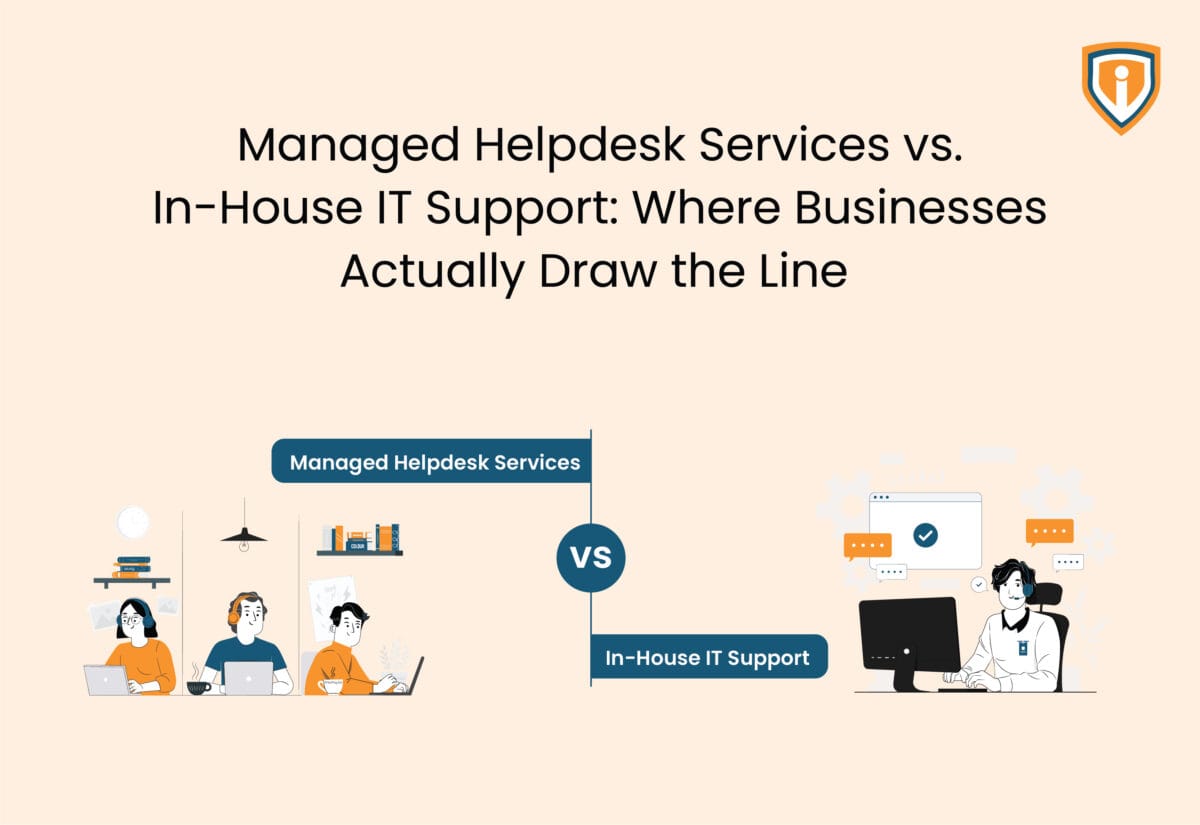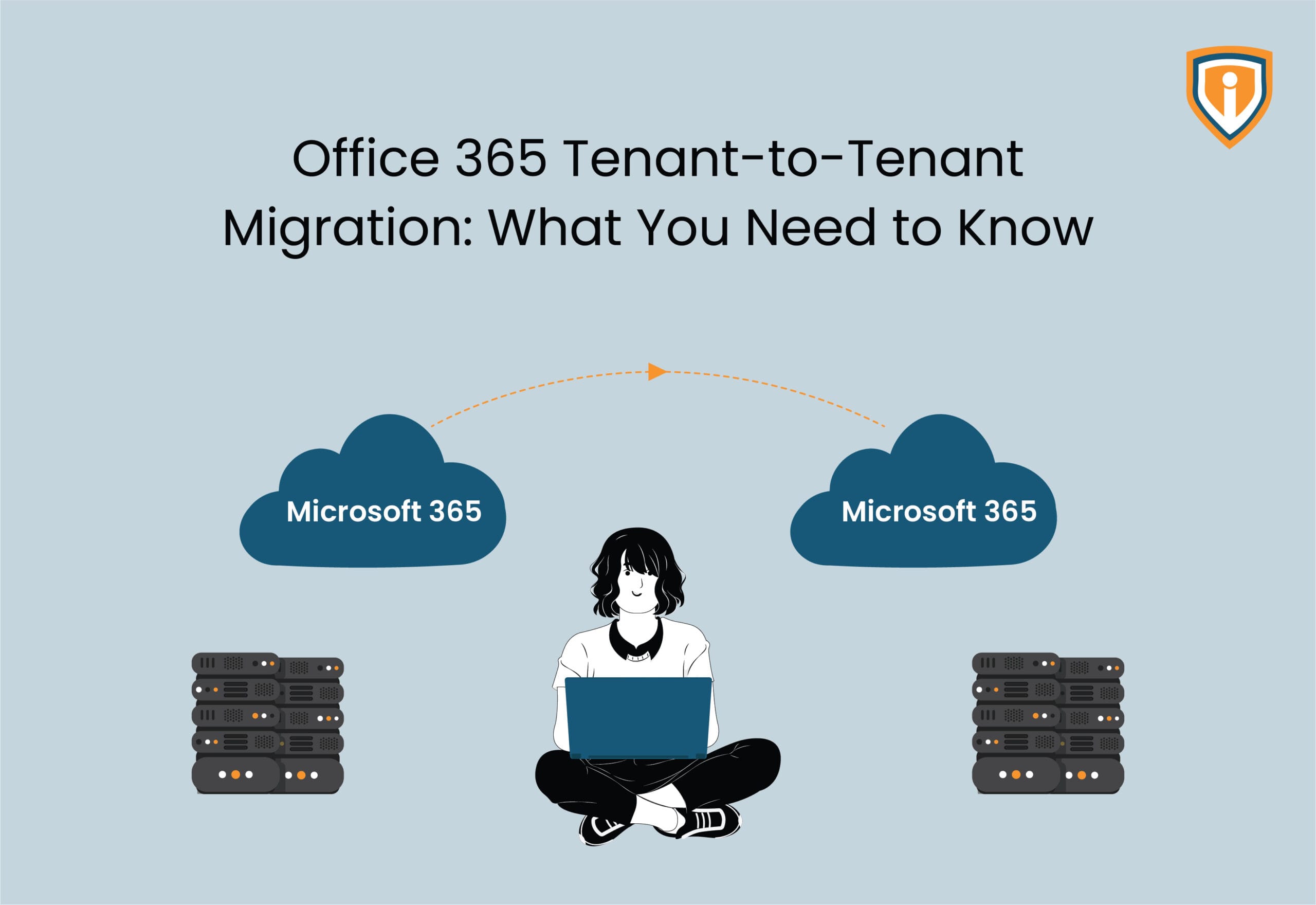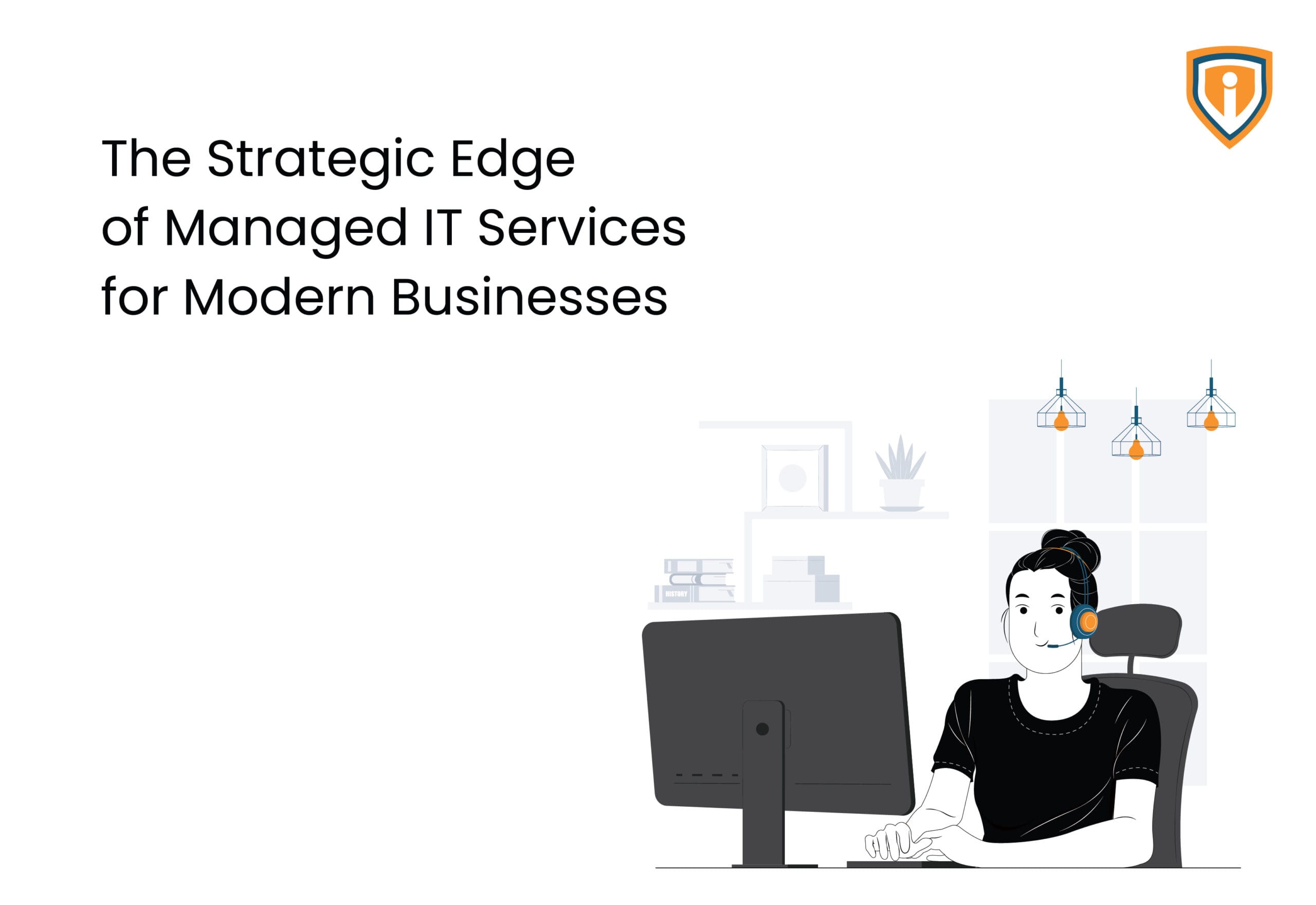Every company leans on its IT helpdesk more than it admits. It’s the front door for every complaint: I can’t log in, the VPN just died, my laptop won’t connect to Wi-Fi. The smaller the issue looks, the bigger the productivity hit if it continues to persist. And it doesn’t matter how advanced your infrastructure is, if the helpdesk fails, people notice.
That’s why this isn’t a background conversation. Whether to keep IT support in-house or lean on a managed service help desk changes the way employees work day to day. It changes cost structures. It shapes the pressure on your internal IT leads. And it can decide whether IT spends its time fixing or actually moving the business forward.
What Managed Helpdesk Services Actually Cover
When businesses hear “managed helpdesk service,” they think outsourcing. Fair enough, but the better way to look at it is outsourcing with layers.

Most providers don’t just bring people. They arrive with tooling: ticketing systems, dashboards, automation baked in. Think about the dozens of tickets every month that are just account provisioning or password resets.
Those get automated away. That alone can clear a surprising amount of noise.
And the direction of travel is crystal clear: Gartner projects that by 2026, 30% of enterprises will automate more than half of their network activities, up from under 10% in mid-2023 — a sign that automation is rapidly shifting from convenience to core IT strategy.
The other major selling point is hours. A regional IT desk clocks off at six. A managed desk is still answering at midnight when your Singapore office can’t connect or your U.S. sales lead loses access before a client call.
Managed Helpdesk: Pros and Cons
The upside:
- Scales without hiccups. A SaaS business that adds 20–30 people every month doesn’t have to keep hiring IT staff just for onboarding. The managed desk absorbs the volume.
- More skill coverage. A mid-sized manufacturer running CAD, ERP, and M365 can’t justify three full-time experts. A provider can.
- Predictable cost. Per-user or subscription pricing flattens out the salary/training rollercoaster.
- Tools included. Small firms avoid the overhead of buying ticketing software, remote support platforms, monitoring tools.
- Round-the-clock coverage. For global operations or round-the-clock setup, this is usually the dealmaker.
The trade-offs:
- Less control. Training, escalation flows, and service quality sit outside your direct chain. If the provider slips, you feel it.
- Culture gap. A helpdesk engineer offshore may not understand the urgency behind, say, a missed shipment because of a warehouse app glitch. Hence, defining severity and triaging is more than more important when outsourcing your helpdesk function.
- Vendor lock. Switching platforms or pulling back in-house midstream is disruptive. Planning continuity and platform optimization matters.
- Contract rigidity. SLAs define reality. If they’re vague, you’re stuck. Make sure to define clear SLA time frame, expectations, and escalation matrix in your managed helpdesk function.
In-House IT Support: Pros and Cons
Strengths:
- Closer to the people. Internal staff know who’s working on what. In a hospital, IT knows which clinical apps cannot afford downtime and which can wait.
- On-site fixes. Some things — dead laptops, broken switches — need hands in the room. Outsourcing doesn’t help there.
- Customized escalation. You can shape workflows exactly to your org structure.
- Trust factor. Employees often prefer speaking with the colleague they’ve known for years rather than logging a ticket into a faceless queue.
Weaknesses:
- Expense. Salaries, training, benefits, overtime. Covering 24×7 with internal staff is brutally costly.
- Coverage gaps. Unless you pay for shifts, nights and weekends go dark. Global teams suffer here.
- Skill limits. A five-person desk won’t cover the range of tools and systems managed helpdesk companies these days have in place.
- Scaling pain. Acquisitions or sudden growth crush a small internal desk. Recruiting lags behind business needs.
What to Weigh Before Choosing
- Cost that hides in plain sight. In-house support means recruiting fees, downtime when staff leave, training programs, licenses, and the drag of unresolved tickets. Managed desks turn that into a monthly number. But if your ticket load is steady and small, an in-house desk might still be cheaper.
- Coverage reality. Global teams, BPOs, exporters — they can’t afford gaps at odd hours. Managed wins here. If you’re a law firm that works nine-to-six, in-house is fine.
- Complexity of systems. Proprietary ERP or niche healthcare apps? That knowledge usually has to stay in-house. Commodity platforms like M365 are easier to offload.
- Scalability. Fast-growing SaaS? Managed desks let you keep pace without waiting three months to hire. A stable firm may not need that elasticity.
- Compliance pressure. Finance, healthcare, defense — regulators expect strict oversight. Many providers are certified, but some businesses will still want tighter in-house control.
- User experience. Probably the most underestimated factor. If employees feel support is slow or tone-deaf, productivity tanks. A helpdesk isn’t judged on tools — it’s judged on how employees feel after raising a ticket.
Forrester research backs this up: in one study, automation and self-service cut 60% of infrastructure-related tickets, proving that faster resolution isn’t just theory — it directly translates into smoother employee experiences.
Our Approach at Infrassist
At Infrassist, we don’t pitch managed services helpdesk as a replacement. We offer it as a complement.
- Escalation with no fuzz. Tickets don’t bounce in limbo. We set clear handoffs so everyone knows where responsibility sits.
- Knowledge isn’t siloed. Our documentation is shared, updated, and available. Internal IT and our desk work from the same source, not two different playbooks.
A managed helpdesk isn’t just about offloading volume—top-tier providers differentiate themselves by offering deep industry-specific insight and real-world context. As Gartner notes, buyers consistently cite “industry experience and demonstrated understanding of the client situation” as hallmarks of high-quality deals.
- Automation first. Password resets, provisioning, account unlocks — machines handle what they should. Humans focus on exceptions.
- Prevention through monitoring. Dashboards show recurring issues before they pile up. We address root causes, not just symptoms.
Many of our clients end up hybrid. Their internal teams stay close to the business, handling sensitive workflows and on-site issues. We absorb the repetitive load, after-hours coverage, and volume spikes. The split line is clear, which keeps operations steady.
Flexibility is part of the design. Priorities change. A client doubles staff, cuts back, or pivots its model. We adjust coverage without six-month renegotiations. That’s the difference between outsourcing that works on paper and outsourcing that holds in practice.
Conclusion
This isn’t about finding a universal winner. Managed helpdesks bring scale, reach, and predictable cost. In-house desks bring cultural alignment and physical on-site presence.
Most businesses end up blending the two. Sensitive work stays internal, while managed desks carry the routine and extend hours or vice versa. Balance usually wins.
The decision isn’t abstract. Look at ticket volumes, downtime impact, compliance obligations, and employee satisfaction. That data points to whether to scale internally, outsourced help desk to an MSP, or split. Because at the end of the day, the helpdesk is IT’s front line, and how it performs shapes how the business experiences technology.




